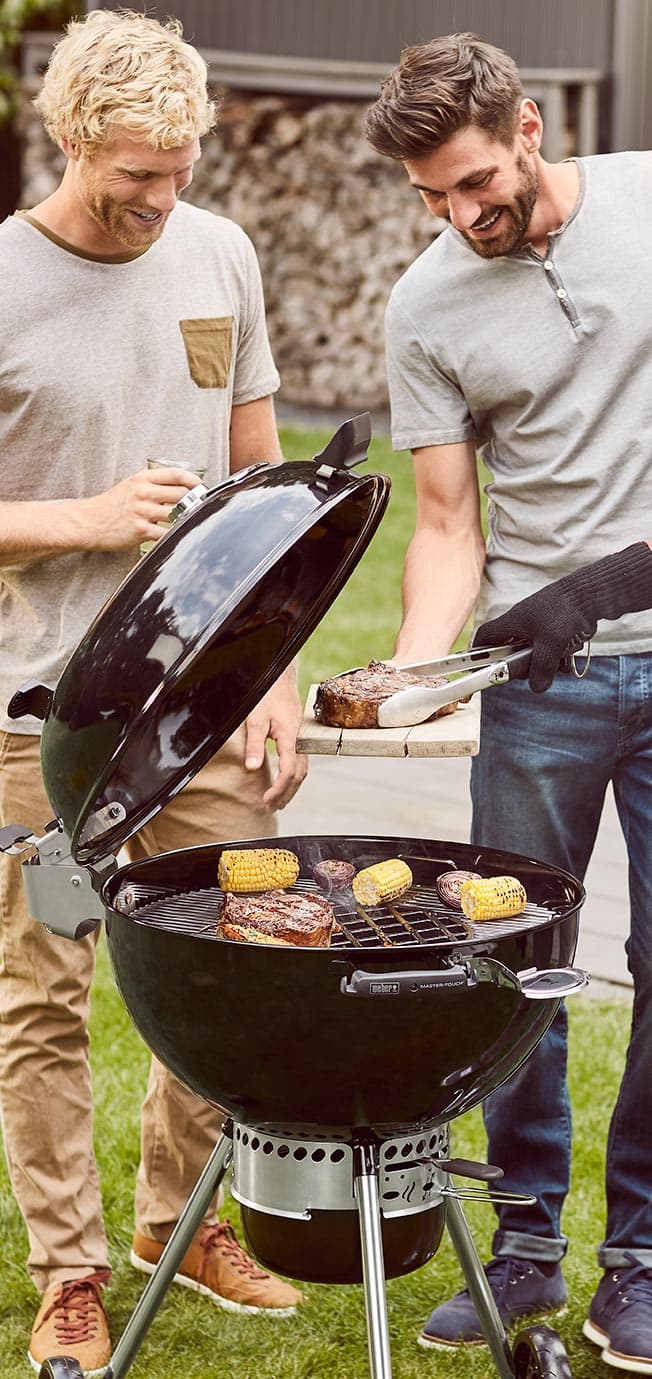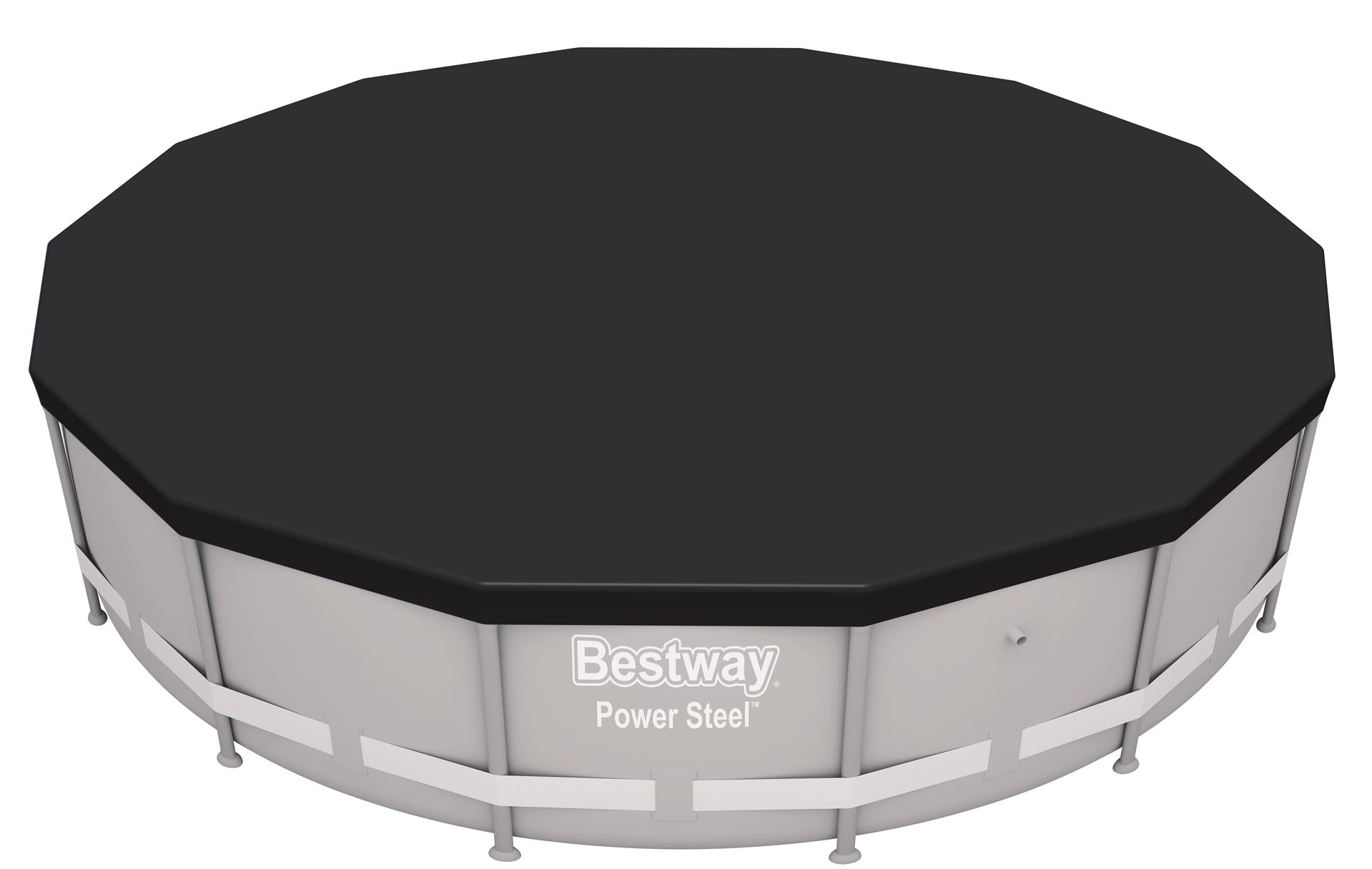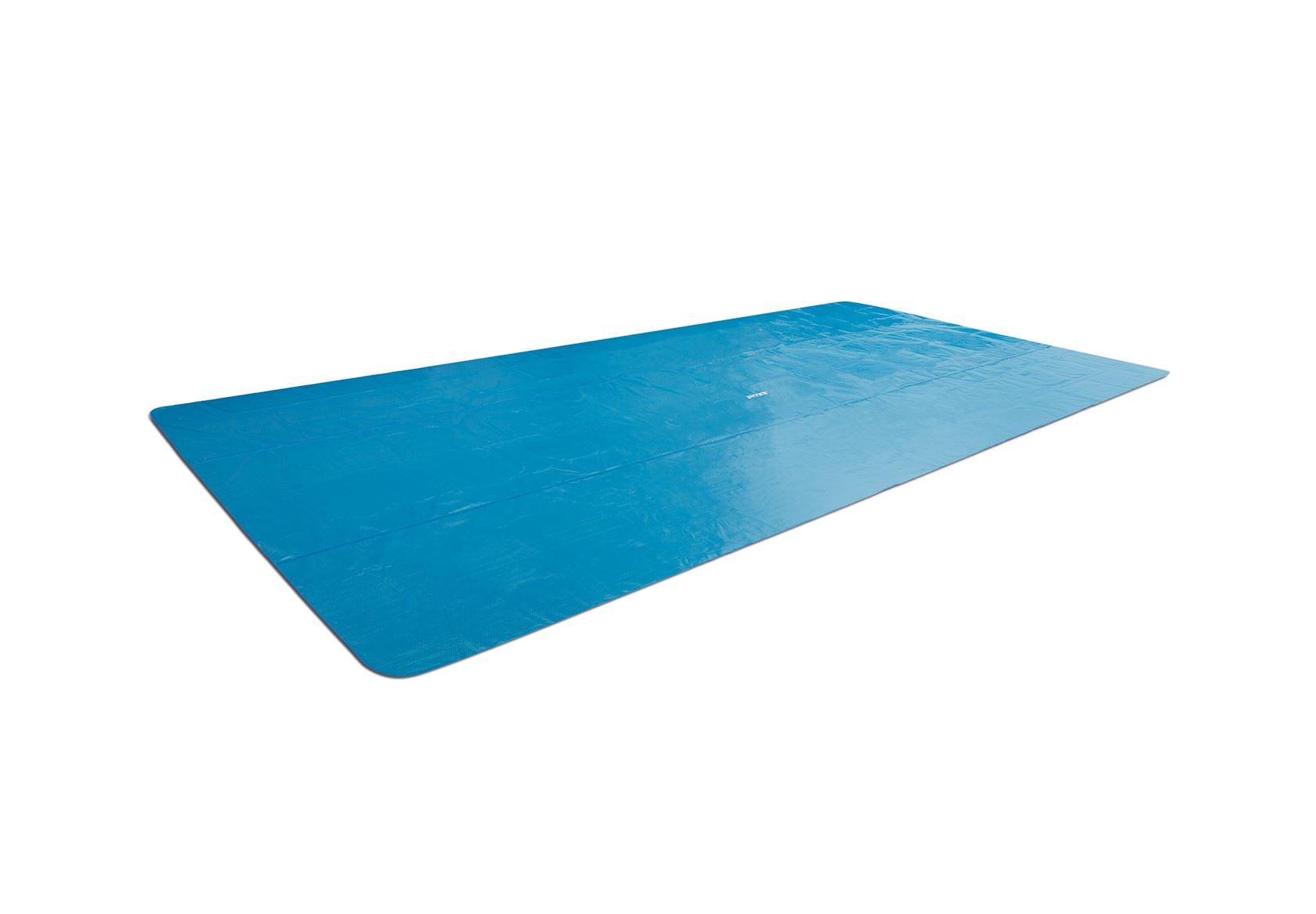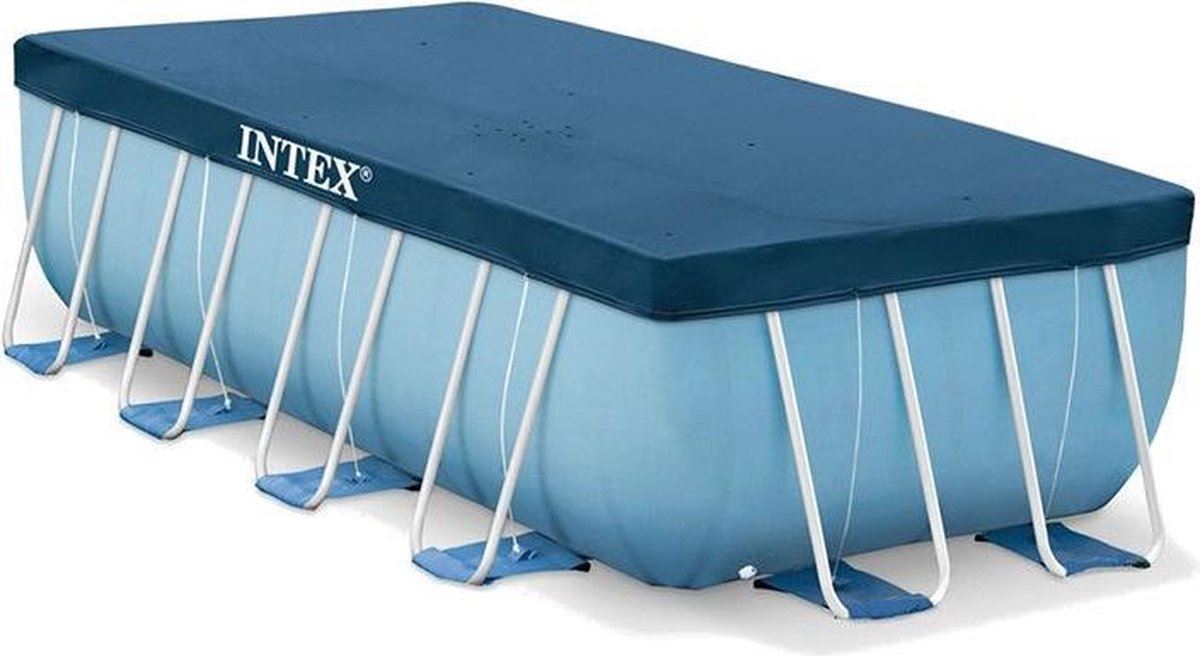How does a heat pump work?
A heat pump heats the pool by absorbing heat from the outside air. So you simply leave the heat pump outside during the swimming pool season.
For the heat pump to do its job, you need a (powerful) filter pump. This sends the clean pool water to the heat pump. Make sure your filter pump has sufficient capacity to filter the water and get it to the heat pump (or other accessories). The heat pump sucks up the cold pool water, heats it up and sends the warm water back into the pool.
Make sure you have an outlet nearby for the heat pump, as it runs on mains electricity!
What types of heat pumps are there?
The heat pumps Hermie has in its range are all plug & play. Very user-friendly! You only need to connect them to the filter pump and plug them into the mains, and they do their job. Perfect for heating up small & medium-sized pools and keeping them warm.
What should I pay attention to when buying a heat pump?
Make sure the heat pump has enough capacity to heat the water in your pool. How can you calculate the necessary capacity of the heat pump? Divide the number of cubic litres of your pool by 4. That's how many kW your heat pump should have, example: 24m³ (24,000 L)/4 = 6 kW heat pump needed.
Now that you have calculated which heat pump you need to heat your pool, it is essential that your filter pump has sufficient capacity to drive the heat pump.
What does the COP value of the pump mean?
COP stands for how efficiently the heat pump converts energy into heat. The higher the value, the less energy the pump needs to heat the water. Does a heat pump have a COP of 5? Then this means that the heat pump is able to produce 5 kWh of heat for every kWh of electricity.
How many degrees will the pool heat up?
How many degrees the pool heats depends, of course, on how big the pool is and how many litres of water need to be heated. On average, pool water is heated 3-4 °C per day. Most heat pumps heat up the water at an outside temperature from 11-12 °C.
How should I install the heat pump?
Do not place the heater against a wall because the air supply must be able to work properly. Moreover, the heat pump must also be able to discharge the expelled air again. A guideline is therefore to leave 80 cm free at the side where the appliance is connected to the filter pump (the back) and at least 250 cm at the front, where the fan grill is located. The air blown out by the heat pump is very cold and dry. So it is not recommended to set up close to your seating area, terrace.... down.
Make sure the distance between the pool and the heat pump is no more than 7 metres. Place the heat pump closer to the pool so that the hot water does not cool down too much when flowing back to the pool.
Connect the hoses of the filter pump to the inlet and outlet of the heat pump. As the heating element runs on mains power, it should be placed near a wall socket.
Thanks to the plug & play models, the heat pump is connected in no time and you can easily set it up via the control panel.
How long should I run the heat pump?
To still warm the pool water, a heat pump needs to run for at least 8 hours. At the beginning of the season, you can run the pump for 24 hours to ensure the water is nice and warm. To maintain the water temperature, run the heat pump for min 4 hours.
Should the filter pump keep running during heating?
The filter pump should always be running when your heat pump is on. It ensures that the filtered pool water enters your heat pump.
How do I keep the water warm for longer?
To get the most out of your heat pump and your hot water, we recommend covering your pool with a cover in the evening or when you are not swimming. This way the heat is retained longer under the cover and also prevents dirt from falling into the pool. You can also combine this with a solar cover for best results.
How should I maintain my heat pump?
Proper maintenance of your heat pump ensures better efficiency, lower energy consumption and therefore lower energy bills as a result.
Clean your pump regularly so that it can continue to draw air smoothly. The ideal product for this is Gridsoap. This cleaner is unique in that it is both efficient and biodegradable. As a result, this cleaner does not harm the environment, but neither does it harm you as a user. Proper cleaning not only ensures good airflow, but also a longer life of your heat pump.
How energy-efficient is a heat pump?
How energy-efficient a heat pump is depends on the type of pump. Besides power consumption, your heat pump also needs a refrigerant. Bestway's heat pump uses R32 refrigerant, the most environmentally friendly heating agent on the market.
Don't want to spend any energy at all on heating your pool? Then you can choose solar-powered alternatives, such as a solar mat, solar panel pool heater or solar ball. However, the results you get with this type of heating are never as great as with a heat pump (not in our climate, anyway).
What should I do with the heat pump during winter?
Disconnect the heat pump, like the filter pump and other accessories, in winter. Make it water-free and store the heat pump frost-free. You can also protect the heat pump during the winter months by wrapping it in a thermal cover or fleece cloth.
Don't store the heat pump frost-free during winter? Then your heat exchanger will be unknowingly damaged, rendering your unit inoperative at the start of the new swimming season. Avoid such an unpleasant surprise and store your heat pump properly!





































